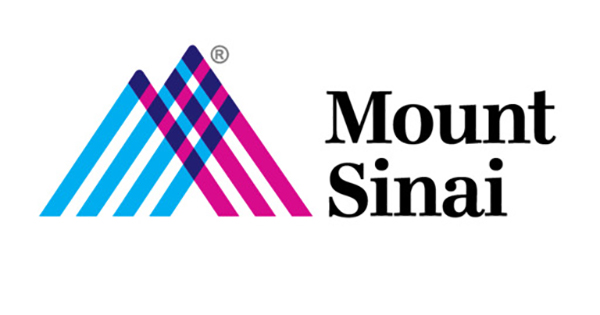
What You Should Know:
– Sema4, an AI-driven genomic and clinical data intelligence platform company, recently published two studies demonstrating the utility of machine learning to predict clinical outcomes for postpartum hemorrhage (PPH). The studies, which will appear in a special “Informatics for Sex- and Gender-Related Health” print issue of the Journal of the American Medical Informatics Association (JAMIA), were conducted in collaboration with clinicians from the Mount Sinai Health System.
– Sema4 chose to focus its advanced machine learning methods on PPH as the condition is the leading cause of maternal mortality globally. PPH accounts for around a third of maternal deaths and often occurs in patients with no known risk factors for hemorrhage. In addition, limitations in diagnostic guidelines and risk assessment tools can make it difficult for healthcare providers to adequately identify and treat PPH, particularly in patients without evident symptoms.
First Study
The first study leveraged de-identified longitudinal electronic medical record (EMR) data on over 70,000 pregnancy deliveries at five Mount Sinai Health System hospitals to develop and validate a comprehensive digital phenotyping algorithm for PPH. The novel algorithm incorporates not only cumulative blood loss but also other critical diagnostic and treatment-related features indicative of PPH.
“PPH is a devastating condition which occurs with little advance warning. Current guidelines primarily rely on cumulative blood loss as the main diagnostic marker for PPH,” said Li Li, MD, SVP of Clinical Informatics at Sema4 and joint corresponding author. “We identified additional clinical features from EMR data, enabling us to identify PPH with 89% accuracy, whereas the standard blood loss-based definition was only 67% accurate. Thus, we anticipate that our digital phenotyping algorithm will be of significant use for tracking outcomes and clinical research to develop better preventative interventions for PPH.”
Second Study
The same patient cohort was used in the second study to build, train, and validate a predictive model for PPH risk using advanced machine learning methods. The model uses 24 predictive markers, including five new potential PPH risk factors. These risk factors are readily obtained from routine lab tests, including complete blood count panels and vital signs, but are not currently utilized in standard risk assessment tools. The research also identified inflection points for laboratory and vital sign values where PPH risk rose substantially, which could serve as a guideline for monitoring intrapartum risk. In comparison tests, Sema4’s novel tool outperformed three existing clinical risk-assessment tools and models.
“In our studies, we established a physician-validated, comprehensive digital phenotyping tool for PPH using EMR data from a large US health system. We then used this validated phenotype to assess longitudinal antepartum and intrapartum data to build a robust predictive model for PPH risk after hospital admission,” said Dr. Li. “Our model identified clinical feature thresholds that can guide intrapartum monitoring with near-immediate clinical utility. Compared to current clinical standards of abnormal vital signs and laboratory parameters in the antepartum and intrapartum periods, we detected values for these 24 markers that could provide early warning signals to healthcare providers to monitor patients at risk. Following further evaluation, our predictive tool may enable reproductive healthcare providers to predict and treat potential high-risk symptoms before they occur, allocate resources appropriately, and ultimately reduce PPH morbidity and mortality.”
Both studies leveraged insights from Centrellis®, Sema4’s health intelligence platform that powers Sema4’s ongoing research to better understand and improve reproductive health. Key areas of research include predictive modeling to determine the optimal timing for a pregnant patient to receive noninvasive prenatal testing to achieve the most accurate results and generating models to better predict the potential risk for preeclampsia, another leading cause of maternal mortality.
The Icahn School of Medicine at Mount Sinai (Icahn Mount Sinai) holds equity in Sema4. Dr. Schadt is the Chief Executive Officer for Sema4 and holds equity in the company. In addition, Dr. Schadt is a part-time faculty member at Icahn Mount Sinai.
